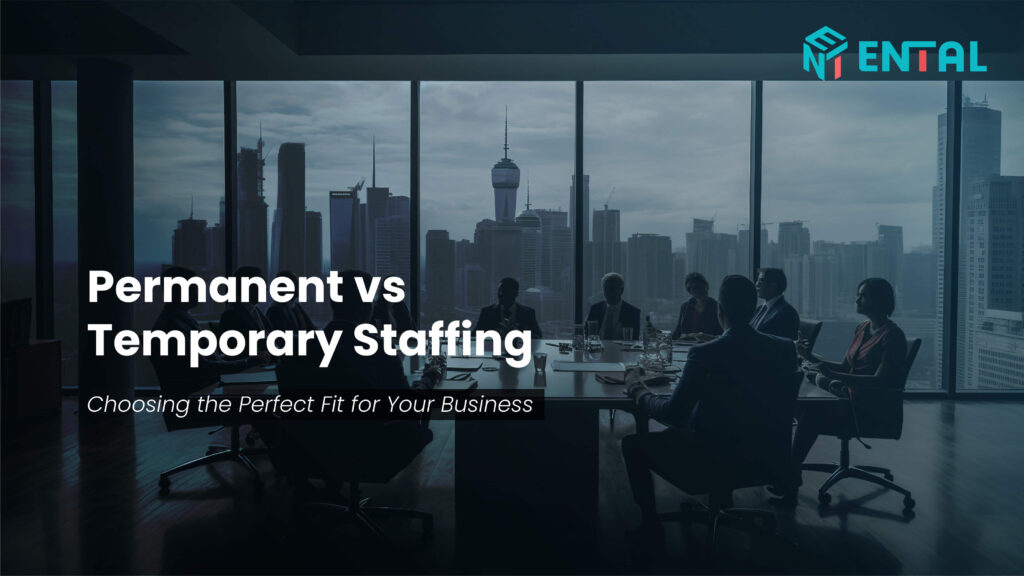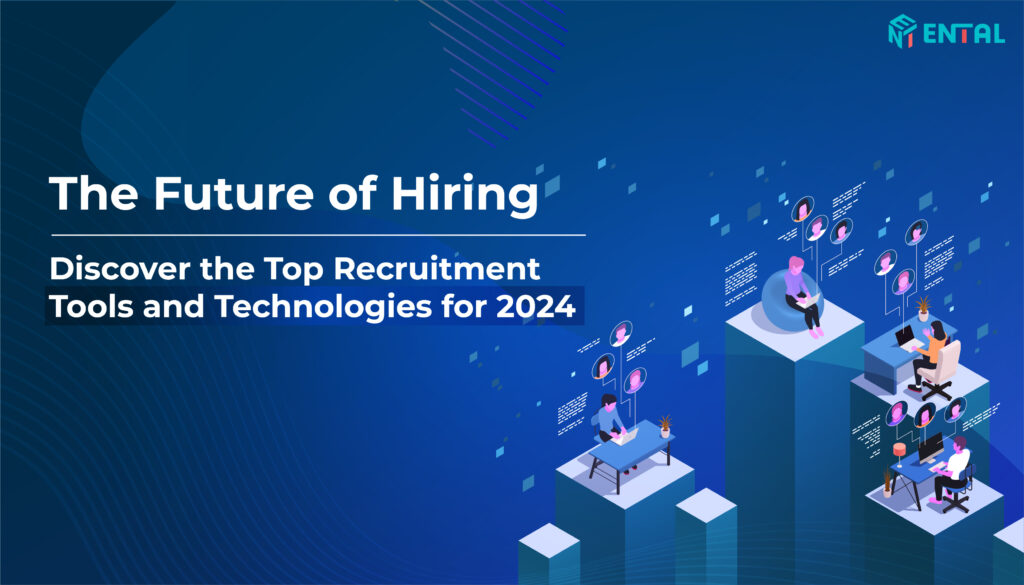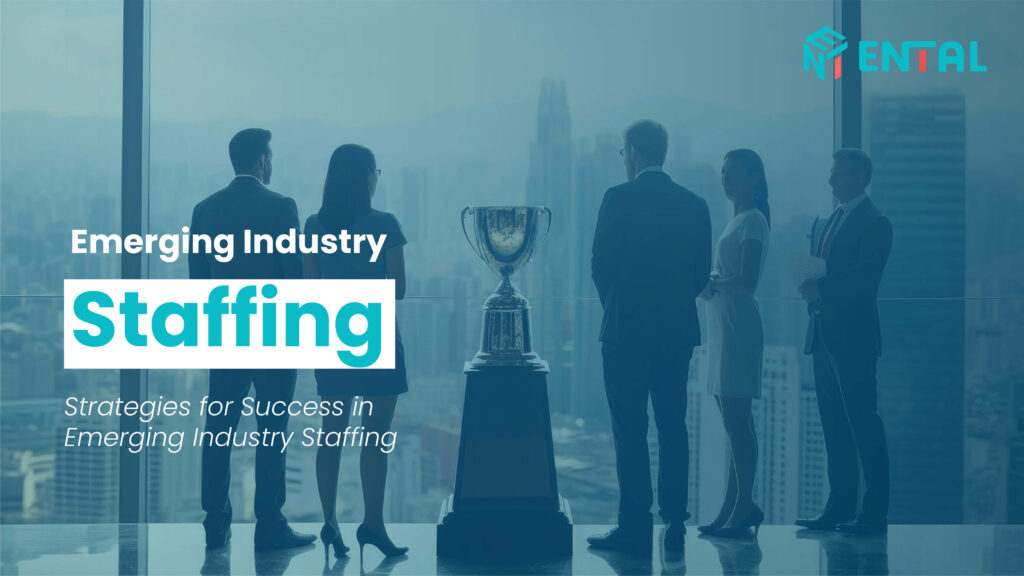BLOG
- Home
Permanent Staffing vs Temporary Staffing: Finding the Right Balance for Your Business

In today’s dynamic business landscape, building a strong and adaptable workforce is crucial for success. However, deciding between permanent and temporary staffing can be a challenge. Both options offer distinct advantages, and the optimal solution often lies in finding the right balance for your specific needs. Understanding when to deploy them can significantly impact your organization’s agility, cost-effectiveness, and overall success. Let’s delve into the nuances of both staffing models and explore how to find the optimal equilibrium.
Permanent Staffing: Building a Foundation for Growth
Permanent staffing involves hiring employees on a long-term basis, typically with full-time contracts and benefits. These employees often become integral parts of the organization, contributing to its culture and long-term growth. Permanent employees are the backbone of any organization. They provide stability, institutional knowledge, and a sense of ownership. Here are some key benefits of permanent staffing:
➢ Stronger Team Culture: Permanent employees foster a sense of community and shared values within the organization. This can lead to improved communication, collaboration, and overall employee morale.
➢ Knowledge Retention: Permanent staff acquires valuable institutional knowledge over time. This expertise becomes an asset as they navigate future challenges and contribute to company growth.
➢ Long-Term Commitment: Permanent employees are more likely to be invested in the company’s success. This can result in increased productivity and loyalty, in addition to a commitment to long-term goals.
➢ Skill Development: Permanent staff have the opportunity to develop their skills and expertise within your organization. Over time, this investment pays off in improved performance and innovation.
➢ Long-Term Benefits: While the initial cost of recruiting permanent employees may be higher, the long-term benefits—such as reduced turnover—outweigh this expense.
Temporary Staffing: Adaptability for Short-Term Needs
Temporary staffing, also known as contract staffing or staff augmentation, involves hiring employees for short-term or project-based roles. These workers are not considered permanent members of your team and can be released when the project concludes or demand subsides. Temporary staffing solutions offer flexibility and agility, making them ideal for specific situations. Here’s how temporary staff can benefit your business:
➢ Cost-Effectiveness: Temporary workers are typically hired for a set period, allowing you to control expenses. You only pay for the expertise you need, when you need it.
➢ Specialized Skills: Temporary staffing agencies can connect you with highly specialized talent for specific projects. This eliminates the need for lengthy training and allows you to hit the ground running.
➢ Scalability: Easily adjust your team size based on seasonal demands, project deadlines, or unexpected workload fluctuations.
➢ Reduced Administrative Burden: Staffing agencies often handle payroll and benefits, reducing your administrative workload. Hence, you can focus on core tasks while experts manage the details.
➢ Reduced Risk: Temporary staffing minimizes the risk associated with permanent hires who may not perform as expected. As such, you can experiment with talent without long-term commitments.
Finding the Right Balance
The ideal staffing strategy often involves a blend of permanent and temporary employees. Here are some factors to consider when making this decision:
- Nature of the work: Is it a core function requiring long-term expertise, or a short-term project with specific skill requirements?
- Budgetary constraints: Can you afford the ongoing costs associated with permanent staff, or is a temporary solution more cost-effective?
- Time constraints: Do you need immediate expertise or have time for a comprehensive recruitment process?
According to recent industry data, businesses are increasingly adopting a hybrid approach to staffing, leveraging both permanent and temporary resources to achieve their goals. According to a recent study by the Society for Human Resource Management (SHRM), 60 percent of organizations utilize temporary staffing solutions to address short-term needs and fill skill gaps. This statistic highlights the growing importance of temporary staffing as a complement to permanent workforce strategies.
Choosing the Right Mix with Ental
Contact Ental today and let our team of specialists guide you towards a winning workforce strategy!



